Nothing can beat the taste of homemade mooncakes. This recipe shows you how to make traditional mooncakes with easy steps and many pro tips. A video is also included.

It’s true that all Chinese festivals are associated with one or more particular types of food. To welcome the upcoming Mid-Autumn Festival/中秋节 (It falls on Saturday the 10th of September in 2022), I’m sharing a recipe for traditional Cantonese-style mooncakes filled with salted egg yolks and lotus seed paste (蛋黄莲蓉月饼).
Jump to:
A Cantonese Classic
Mooncakes are a traditional delicacy dedicated to the Mid-Autumn Festival which falls on the 15th day of the 9th month of the year based on the lunar calendar.
Essentially, they are stuffed sweet pasties shaped into a full-moon shape with delicate patterns on top. Beautiful in appearance and tasty on the palate, they are indispensable at family reunions on this special occasion and also a popular gift.
Among many varieties of Chinese mooncakes, Cantonese-style mooncakes are no doubt the most popular. They are baked pastries consisting of a rich, sweet filling and a thin, moist, golden brown crust.
The filling I use for this mooncake recipe, salted egg yolk with lotus seed paste, is one of the most loved combinations. Two ingredients create a harmonious contrast: aromatic, creamy, and sweet with a hint of saltiness.
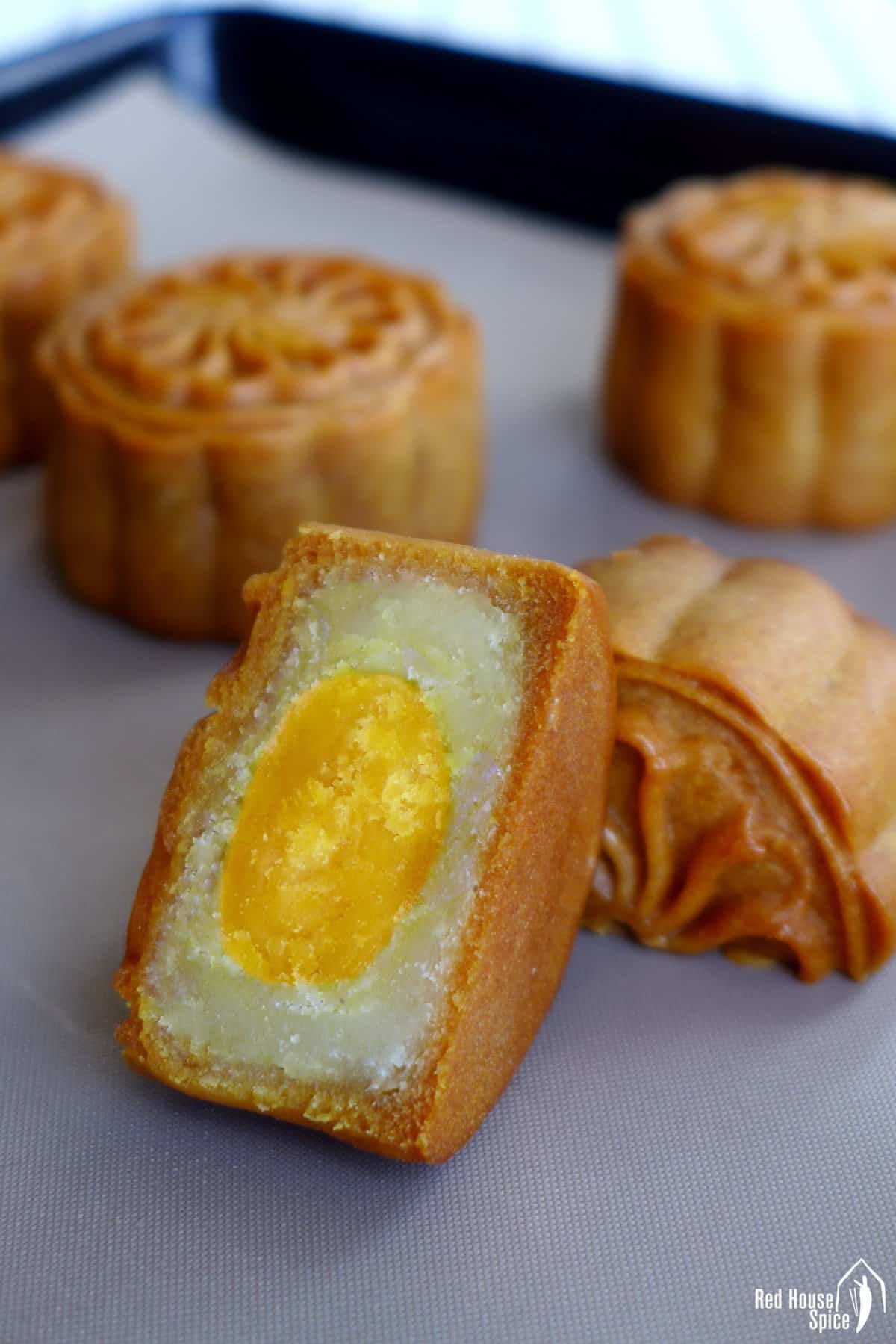
Compared to the no-bake Snow Skin Mooncakes that I shared previously, this recipe involves more time and effort. But the result is definitely rewarding!
Top tips
Before we go into the detailed instructions, let me first give you a few tips for success:
- Rest the dough for a while to avoid tearing.
- Use shop-bought lotus seed paste (or other fillings) to speed up the process.
- Be attentive while baking. Adjust the time if necessary.
- Make sure to keep the egg wash thin to achieve a clear pattern.
- These mooncakes need to be rested before serving.
- Watching the tutorial video helps a lot.
Ingredients
For the dough
- Golden syrup
- Lye water
- Neutral cooking oil
- All-purpose flour (plain flour)
Why golden syrup
Cantonese mooncakes call for inverted sugar syrup/转化糖浆, an indispensable ingredient for achieving the desired texture of the mooncake crust: moist, soft and shiny. It also helps to extend the shelf life of mooncakes.
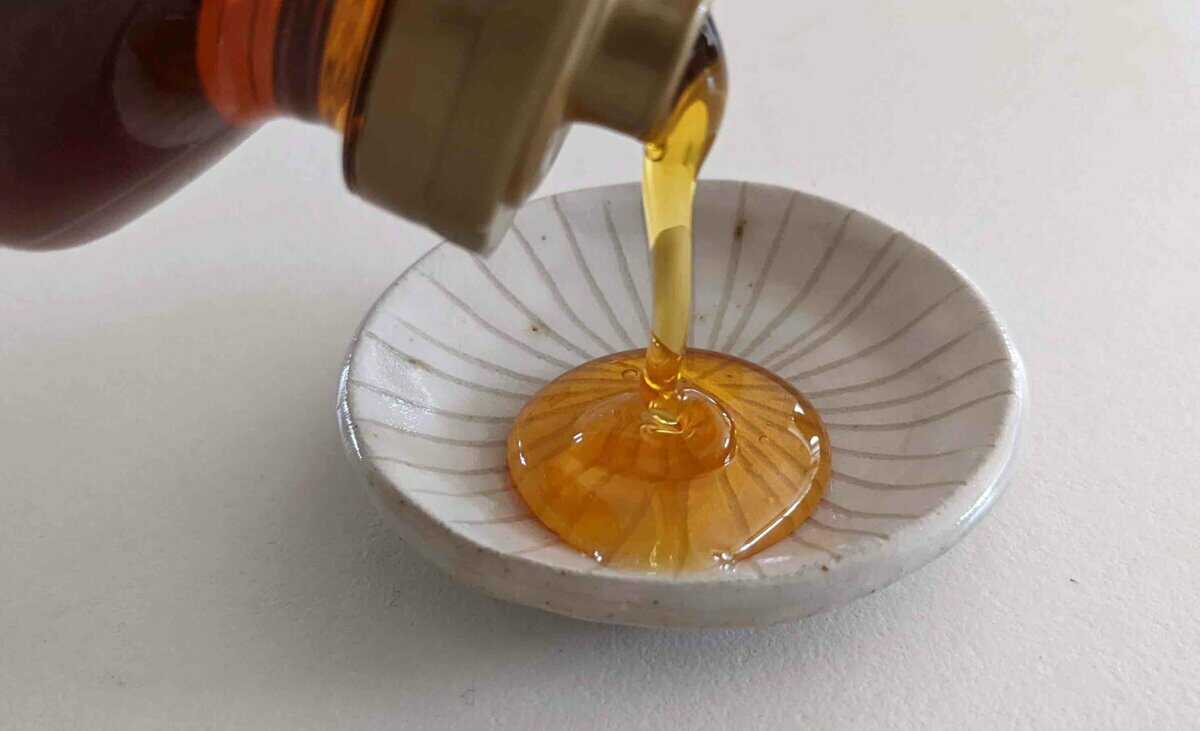
Golden syrup is a type of inverted sugar syrup. It’s accessible in most supermarkets, so it’s a good choice for this recipe.
Don’t attempt to replace syrup with regular sugar. Honey isn’t a good substitute either as it results in a dough that tears easily.
Why lye water
Essential to Cantonese mooncakes, lye water (Kansui/枧水) is a food-grade potassium carbonate solution used to raise the PH of the dough (neutralize the acid in the syrup). Also, it helps the dough to gain an appetizing brown color and a fluffy, tender texture.
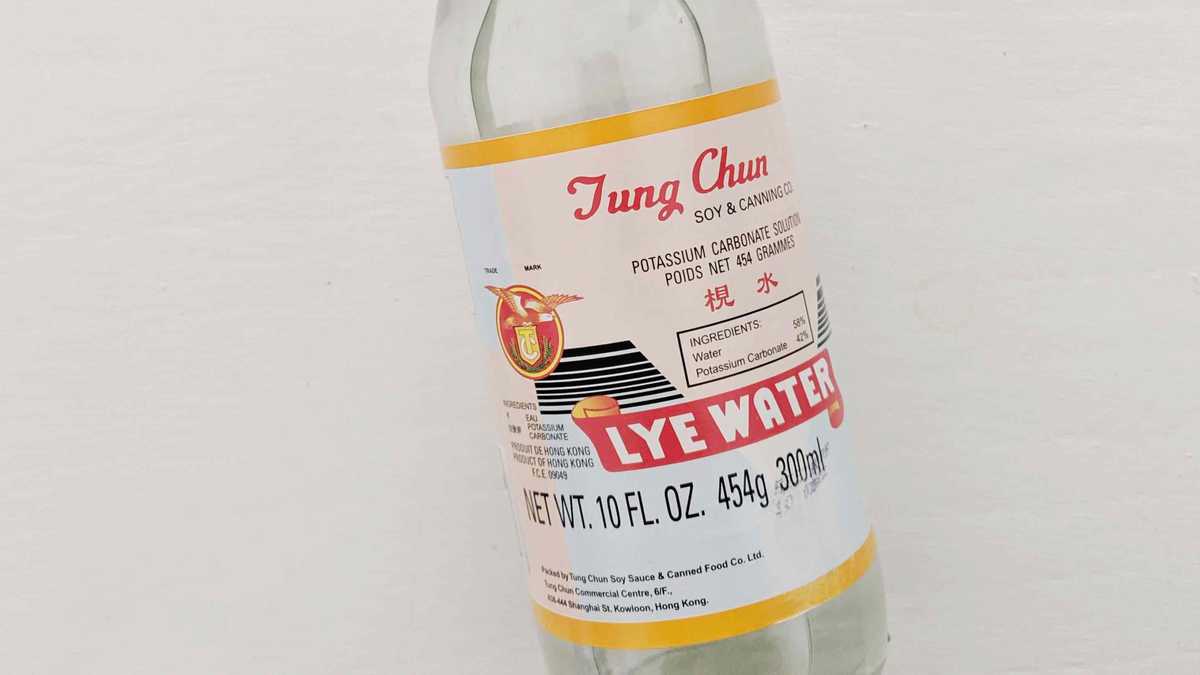
If you can’t find it in your local Chinese/Asian shops, check out my post on Lye Water and its Homemade Substitute to learn how to make your own using two basic ingredients: baking soda and water.
Cooking oil
Use any oil that has a neutral flavor, such as canola, sunflower, peanut, rapeseed, soybean, corn, vegetable oil, etc. Olive oil is not recommended.
For the lotus seed paste
- Dried lotus seed
- Sugar
- Neutral cooking oil
Alternative pastes
Making lotus paste from scratch takes some time. Please feel free to use the ready-to-use version available in Chinese stores.
Other popular fillings, such as red bean paste, black sesame paste, etc., can be used as substitutes.
Salted egg yolks
I use ready-to-use salted duck egg yolks which often come in airtight plastic bags. They’re available in the chilled or frozen sections in Chinese stores.

Alternatively, use raw salted duck eggs and cook the yolks yourself. Here are two methods:
- Boiling method: Start cooking the eggs in cold water. Once boiling, turn the heat down and leave to simmer for 6 minutes. Rinse under cold water then remove the shell and egg whites.
- Baking method: Take the hardened yolks out of the raw salted eggs. Wash off the membrane around them. Bake them in the preheated oven at 375°F/190°C until small bubbles appear around the bottom of the yolks (it takes about 8 minutes).
You’ll also need an egg yolk for the egg wash and a little cornstarch for dusting when shaping the mooncakes.
Equipment
To make traditional baked mooncakes, you’d need the following equipment:
- A mooncake mold for making small 50g ones
- A kitchen scale to measure the dough and filling for each cake
- A pastry brush for coating the cakes with the egg wash
- A baking sheet lined with parchment paper
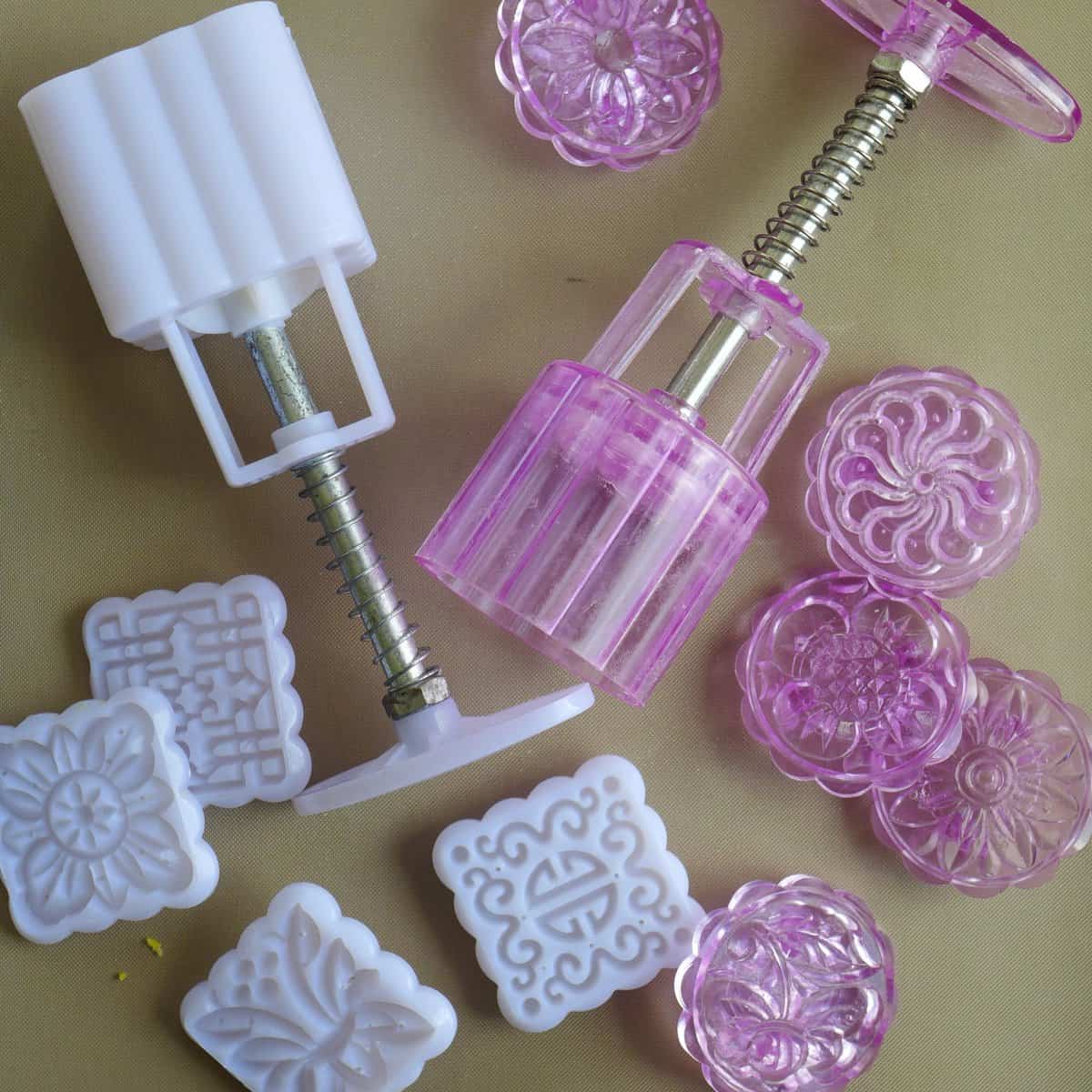
About mooncake molds
I use modern-style plastic mooncake molds which come with springy handles and different pattern plates. They’re neater and easier to use than the traditional wooden ones. You can find them in some Chinese stores or online shopping platforms such as eBay, Amazon, etc.
Cook the lotus seed paste
Homemade lotus seed paste has two advantages: There are no additives or preservatives; You can adjust its sweetness to your liking. Here is how you make it:
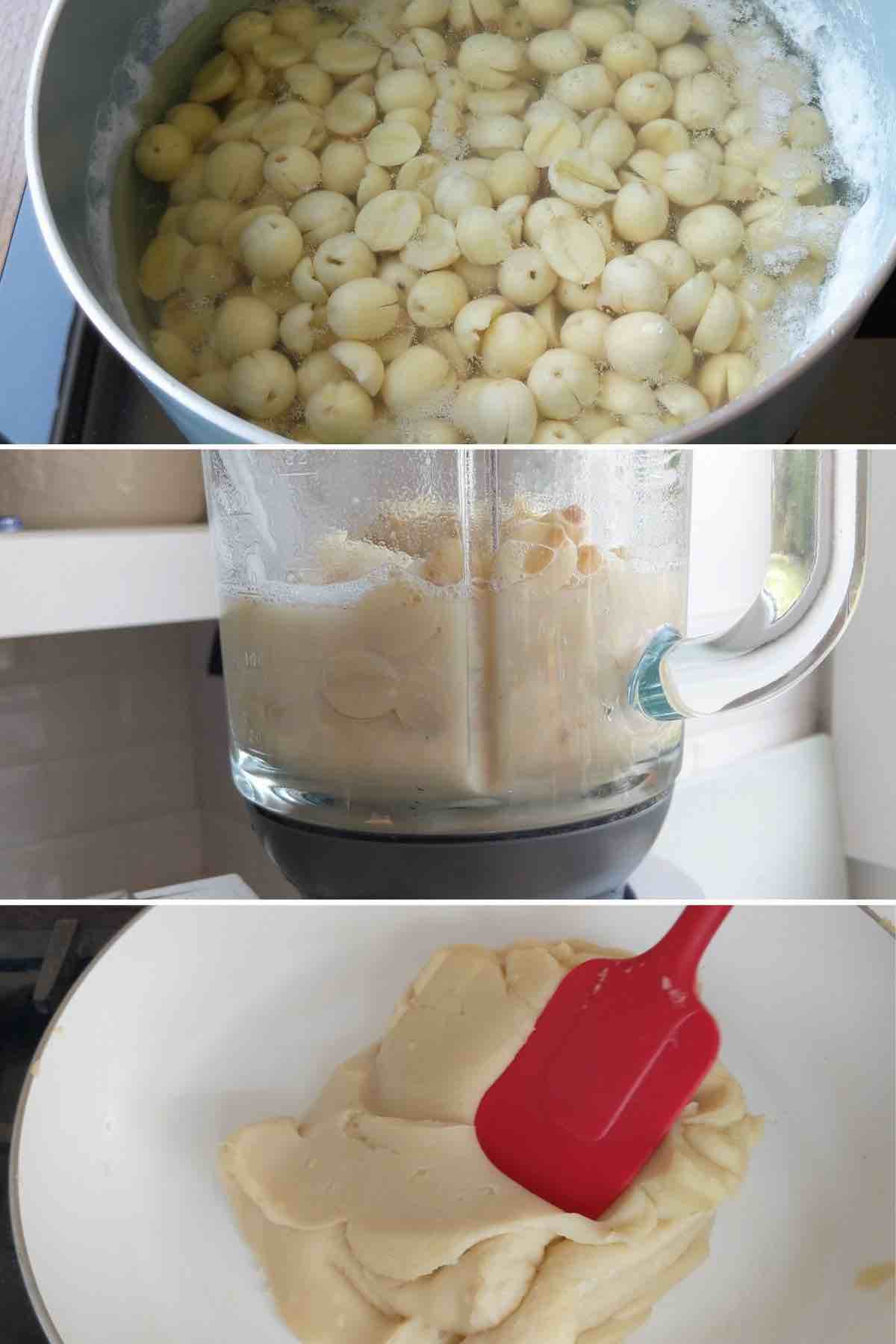
- Soak: Soak dried lotus seeds in water overnight to reduce the cooking time.
- Cook: Simmer them in water for 30 to 40 minutes until they become soft, then drain off the water.
- Blend: Put the cooked seeds into a food processor and blend them into a fine paste. Add a little water if you find it difficult to blend.
- Fry: Transfer the paste to a non-stick pan. Cook over medium heat. During this process, add sugar and oil in two batches. Make sure to constantly stir and fold the paste. This helps to evenly evaporate the moisture and avoid burning.
- Cool: Once the paste becomes quite dry and easily foldable into a solid block, remove it from the heat. Leave to cool completely.
🛎 NOTE: Make sure the cooked paste isn’t too wet as it would make assembly very challenging. It also causes excess steam during baking, thus affecting the look of the mooncakes.
Make the dough
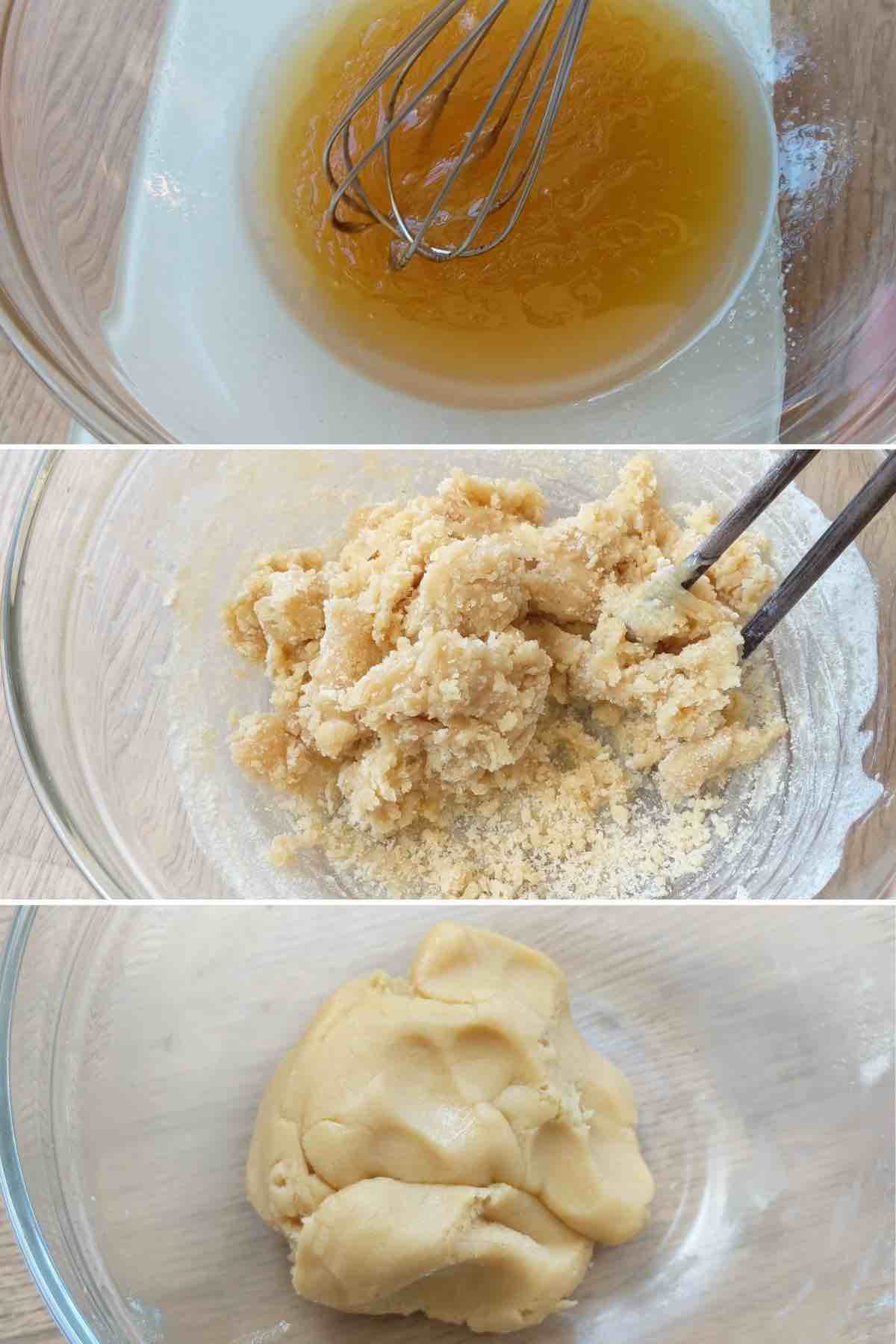
- First, mix golden syrup, lye water, and oil until well combined. Add flour to the mixture and knead briefly to form a dough. It should be soft, smooth but not sticky.
- Cover the dough with plastic wrap and rest for 30 minutes. This helps to relax the gluten making it more elastic. Otherwise, you may find it easy to tear or crack.
🛎 NOTE: Be aware that you may need to adjust the quantity of the flour depending on the thickness of your syrup and the liquid absorption capacity of your flour.
Assemble the mooncakes
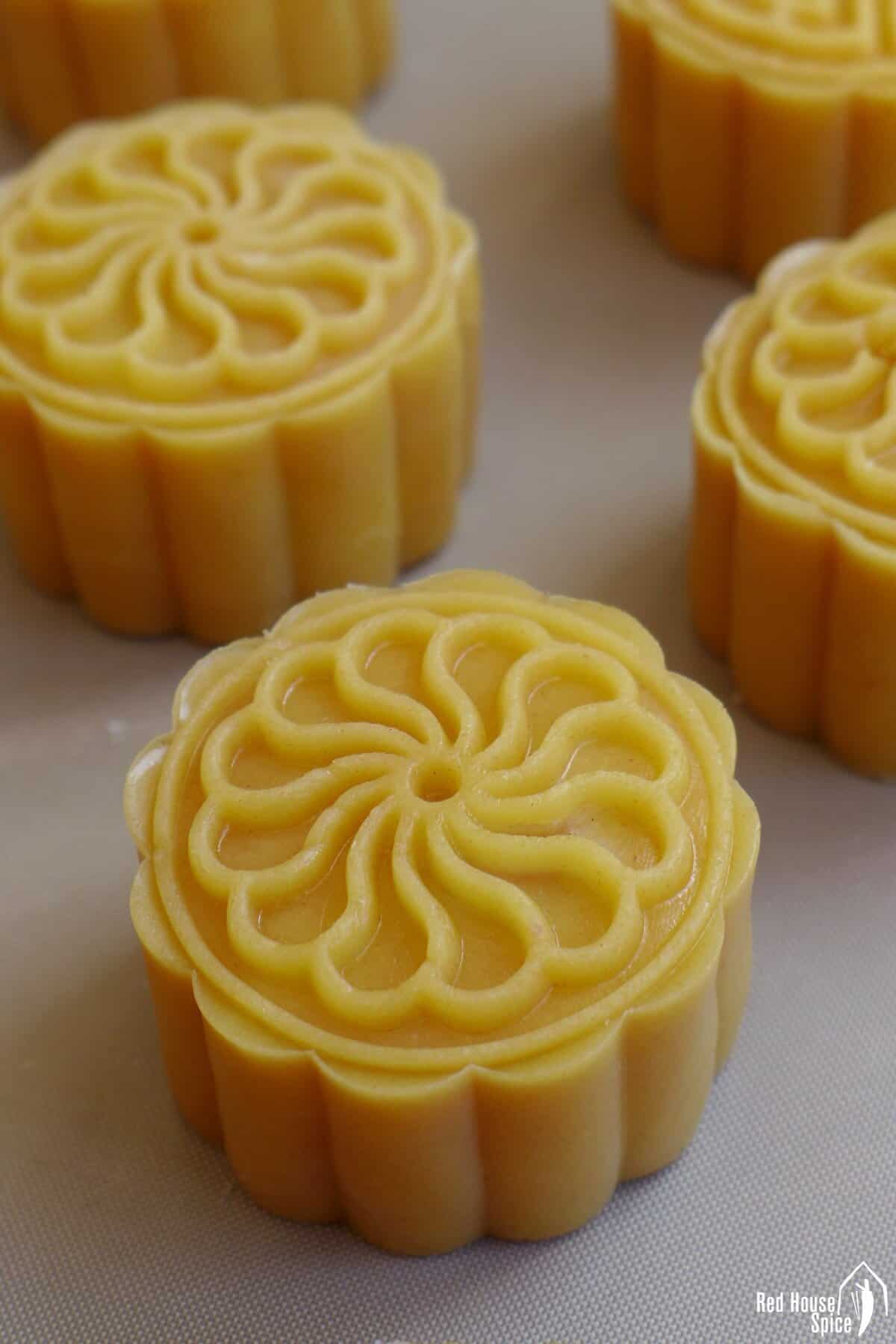
The dough filling ratio
Once you have all the parts ready, you will need to measure and divide the dough and filling into small portions.
The dough filling ratio varies depending on personal preferences. It can be 2:8, 3:7, or 4:6. I always enjoy the taste of the dough so my recipe goes for the 4:6 ratio. That means for a 50g mooncake, the dough weighs 20g and the total weight of the lotus paste and egg yolk should be 30g (you can increase it to 35g).
Also, this ratio makes it easier to assemble. You’ll have enough dough to securely seal the filling thus avoiding leaking.
How to assemble
Once you have all the parts measured, follow these steps to shape the mooncakes (watch the video in the recipe card below):
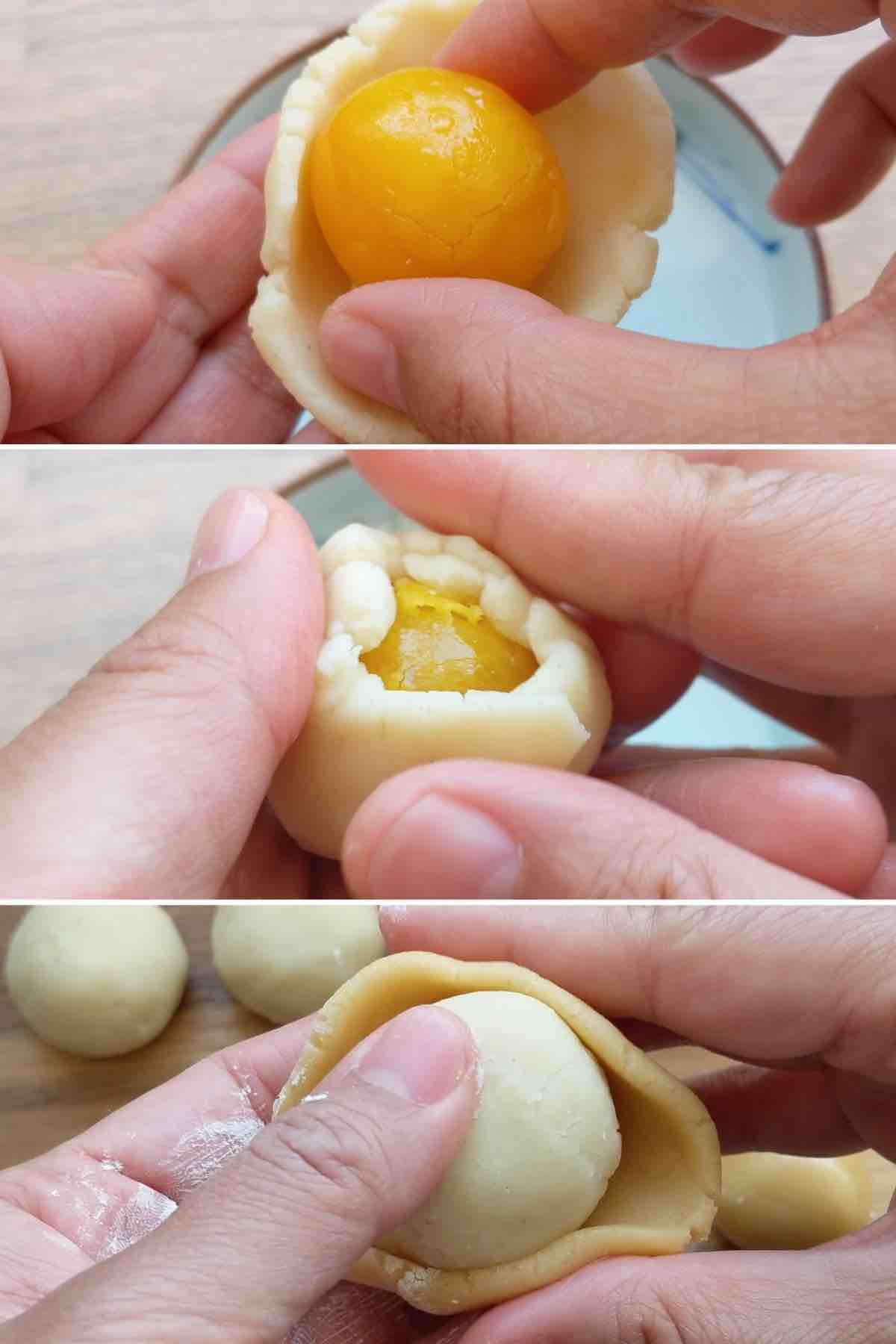
- Shape a portion of lotus seed paste into a round wrapper. Put a salted egg yolk in the middle. Gently push the paste upwards to seal the yolk completely.
- Flatten a piece of dough into a wrapper. Use the same method to tightly wrap and seal the filling.
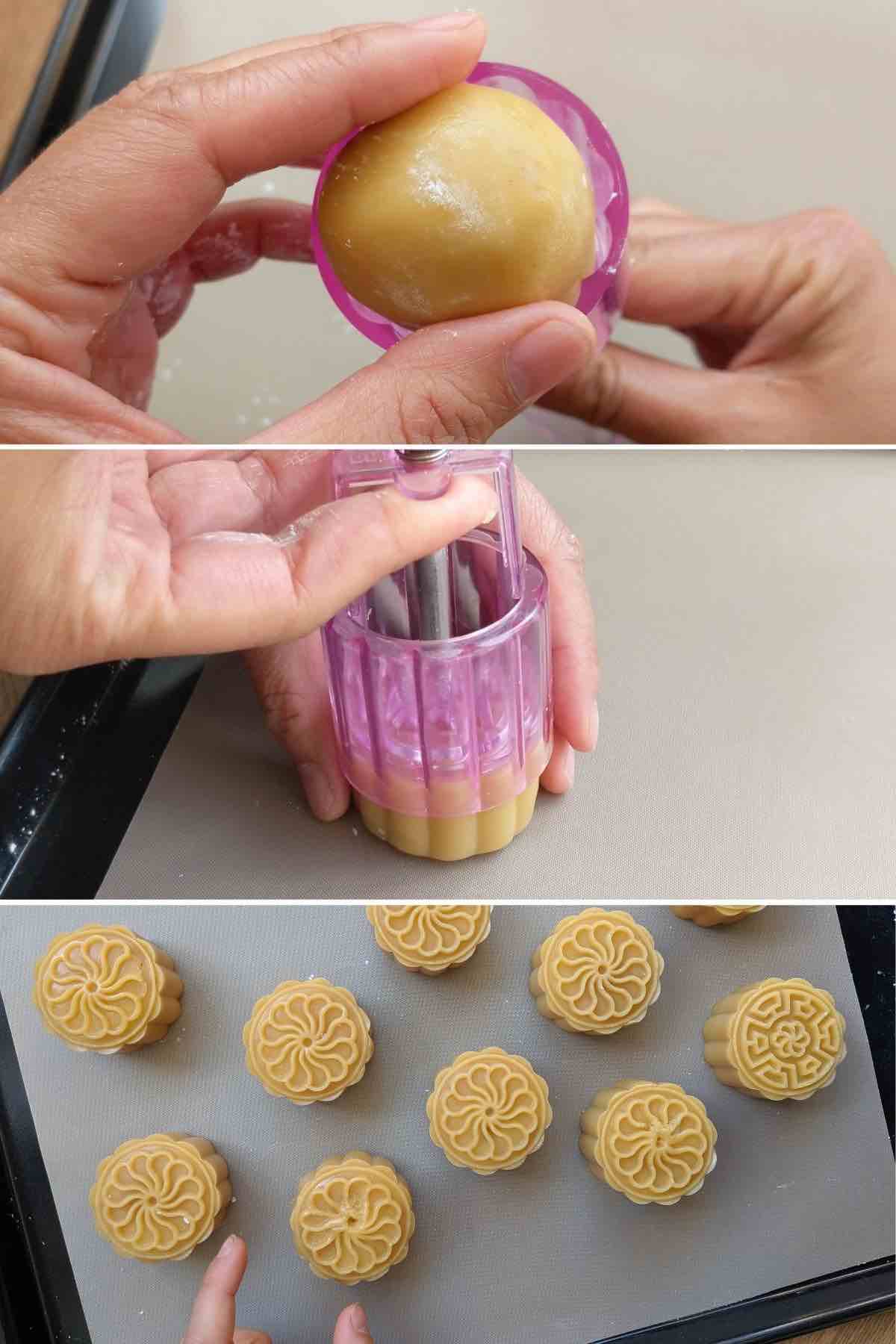
- Coat the assembled ball with a thin layer of cornstarch. Put it into a mooncake mold.
- With the opening facing down, place the mold over a baking sheet. Press the handle to shape the cake. Then lift the mold and press again to release the cake.
🛎 NOTE: If your mooncake mold makes 100g mooncakes, double the dough and filling quantity for each cake. Also, you may use two salted yolks to make it extra luxurious.
Bake the mooncakes

- Preheat the oven to 375°F /190°C. Bake them for 5 minutes to harden the top of the mooncakes so the egg wash won’t ruit the delicate pattern.
- Take them out and brush a layer of the egg wash. Put them back into the oven. Reduce the heat to 320°F/160°C and bake for a further 5 minutes. Then brush another layer of egg wash.
- The last baking process takes another 10-15 minutes. I suggest you check at 10 minutes. They are done once evenly golden brown.
Rest the mooncakes
Let the mooncakes cool on a mesh rack. After that, you’ll find them quite dry to touch. Don’t rush to eat them. It’s essential to rest them further.
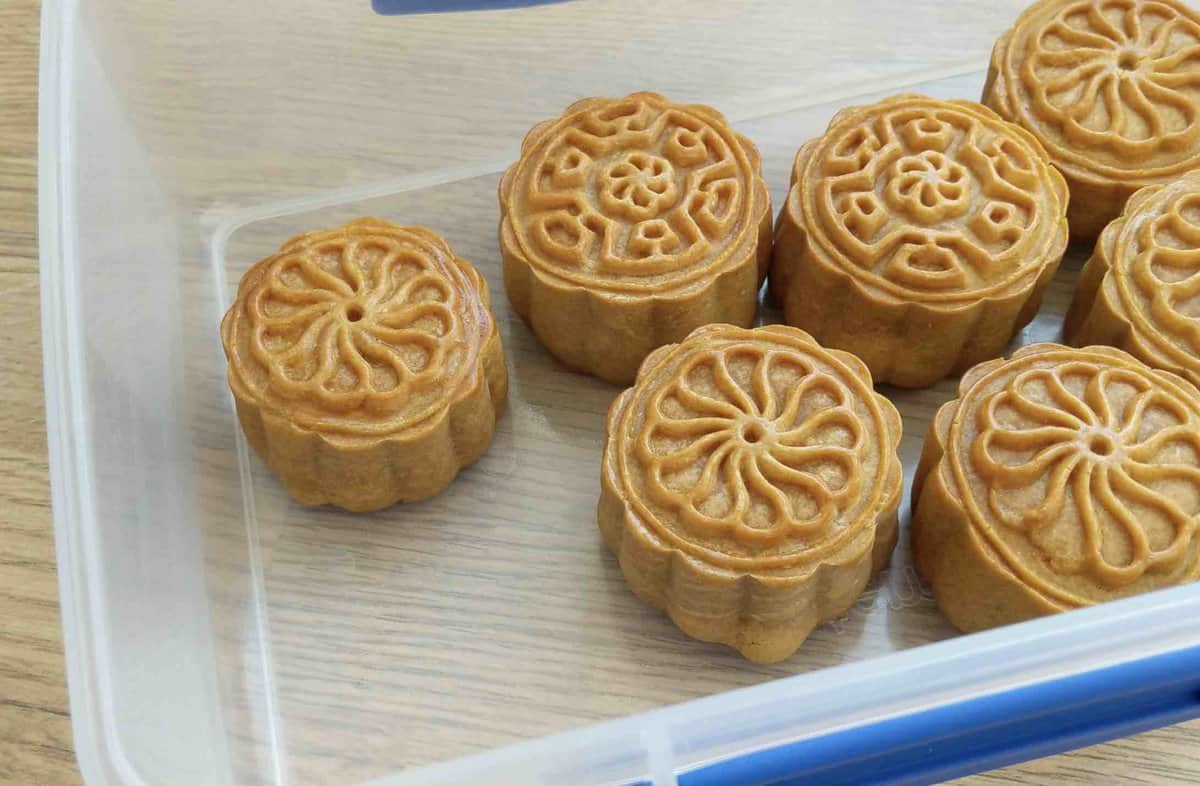
Store them in airtight containers for 1 to 2 days. During this period, mooncakes become softer and gain a nice shiny appearance. Chineses call this process “Huí Yóu/回油”, meaning “the return of oil”.
Leftover mooncakes can be stored in the fridge for up to 2 weeks. Bring back to room temperature before serving.

Recipe FAQs
A: I don’t recommend honey as a substitute. Through testing, I found the dough made with honey tears very easily.
A: I suspect that you’ve added too much lye water. Make sure you strictly follow the suggested quantity as even a slight overdose would result in a bitter taste.
A: Here are two possible causes: 1. The filling isn’t wrapped tightly by the dough so there is some air trapped inside. 2. The dough isn’t evenly distributed over the filling so some parts would tear when pressing.
A: You can keep them in airtight containers on the counter away from direct sunlight unless your kitchen is very warm.
A no-bake alternative
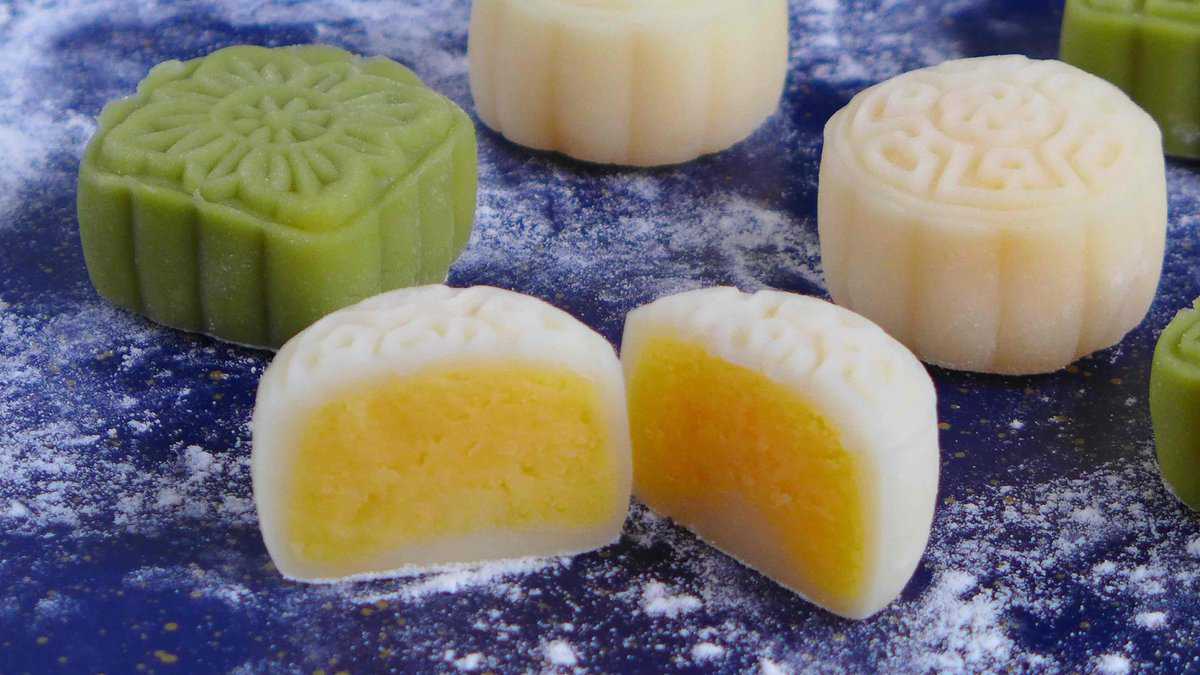
If you are looking for a simpler alternative, check out my recipe for Snow Skin Mooncakes with Custard Filling. They require less effort to make (No baking involved). You can also make them in beautiful colors using natural ingredients.
📋 Recipe
Love this recipe? Please leave a 5-star 🌟🌟🌟🌟🌟 rating in the recipe card below & if you REALLY like it, consider leaving a comment as well!
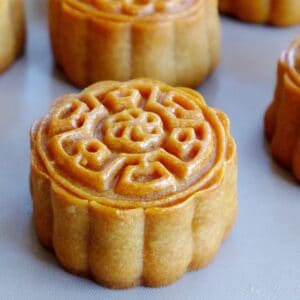
Mooncakes, a Classic Recipe (广式月饼)
BEFORE YOU START
EQUIPMENT
- Mooncake mold for making small 1.8oz/50g ones
- Kitchen scale
- Pastry brush
- Baking sheet
Ingredients
For the paste (see note 1 for substitutes)
- 100 g dried lotus seeds
- 75 g sugar - or to taste
- 50 g neutral cooking oil - such as sunflower, canola, vegetable, peanut, rapeseed oil, etc.
For the dough
- 150 g golden syrup
- ½ teaspoon lye water - aka Kansui (see note 2)
- 50 g neutral cooking oil - such as sunflower, canola, vegetable, peanut, rapeseed oil, etc.
- 220 g all-purpose flour - aka plain flour (see note 3)
You also need
- 20 salted egg yolks - ready-to-use ones (see note 4)
- Cornstarch - for dusting
- 1 egg yolk - for brushing
Instructions
Cook the paste (skip if using shop-bought one)
- Soak dried lotus seeds in water overnight. Drain well and remove the green bit in the center (if any).
- Cook the seeds in simmering water (enough to cover) until soft (about 30-40 minutes). Drain then puree them in a food processor (add a little water if necessary).
- Transfer the puree into a non-stick pan. Cook over medium heat. Add sugar and oil in batches. Stir and flip constantly. Once the paste becomes dry and holds in shape, remove from the heat to cool (see note 3 & 4).
Prepare the dough
- Mix golden syrup, oil and lye water until well incorporated. Add flour. Combine and knead briefly to form a soft dough (see note 5).
- Cover with plastic wrap and rest for 30 minutes.
Assemble
- Put one salted egg yolk and some lotus seed paste on the scale. Adjust the filling to reach 30g.
- Flatten the paste into a round wrapper. Place the egg yolk in the middle. Gently push the paste upwards to seal the yolk completely.
- Flatten 20g of the dough into a wrapper. Use the same method to tightly wrap around the filling and make a ball (Please refer to the video below).
Shape
- Coat the ball with a thin layer of cornstarch. Put it into a mooncake mold.
- Over a baking tray lined with parchment paper, place the mold with the opening facing down. Gently press the handle to shape the cake. Lift the mold and press again to release the cake.
Bake
- Preheat the oven to 375°F/190°C. Bake the cakes for 5 minutes. While waiting, mix the egg yolk with 1 teaspoon of water for brushing later.
- When the time is up, reduce the oven temperature to 320°F/160°C. Take out the mooncakes and brush their top with a thin layer of the egg wash (see note 5).
- Put them back into the oven and bake for a further 5 minutes. Take out and coat them with another layer of egg wash. Then continue to bake for 10-15 minutes until evenly brown.
Rest & store
- Transfer the baked mooncakes to a cooling rack. Once completely cooled, store them in an airtight container for 1-2 days before consumption. They are ready to be served once soft to touch and appear shiny.
- You may keep them in the fridge for up to 2 weeks. Bring back to room temperature before serving.
Video
NOTES
NUTRITION
NUTRITION DISCLOSURE: Nutritional information on this website is provided as a courtesy to readers. It should be considered estimates. Please use your own brand nutritional values or your preferred nutrition calculator to double check against our estimates.
A piece of homemade mooncake to eat, a cup of Chinese tea to drink, a beautiful full moon to admire, and some moon-related fairytales to share with my children, for me, this would be a perfect Mid-Autumn Festival as I live far away from my family in China (Image below: my daughter making mooncakes with great care).
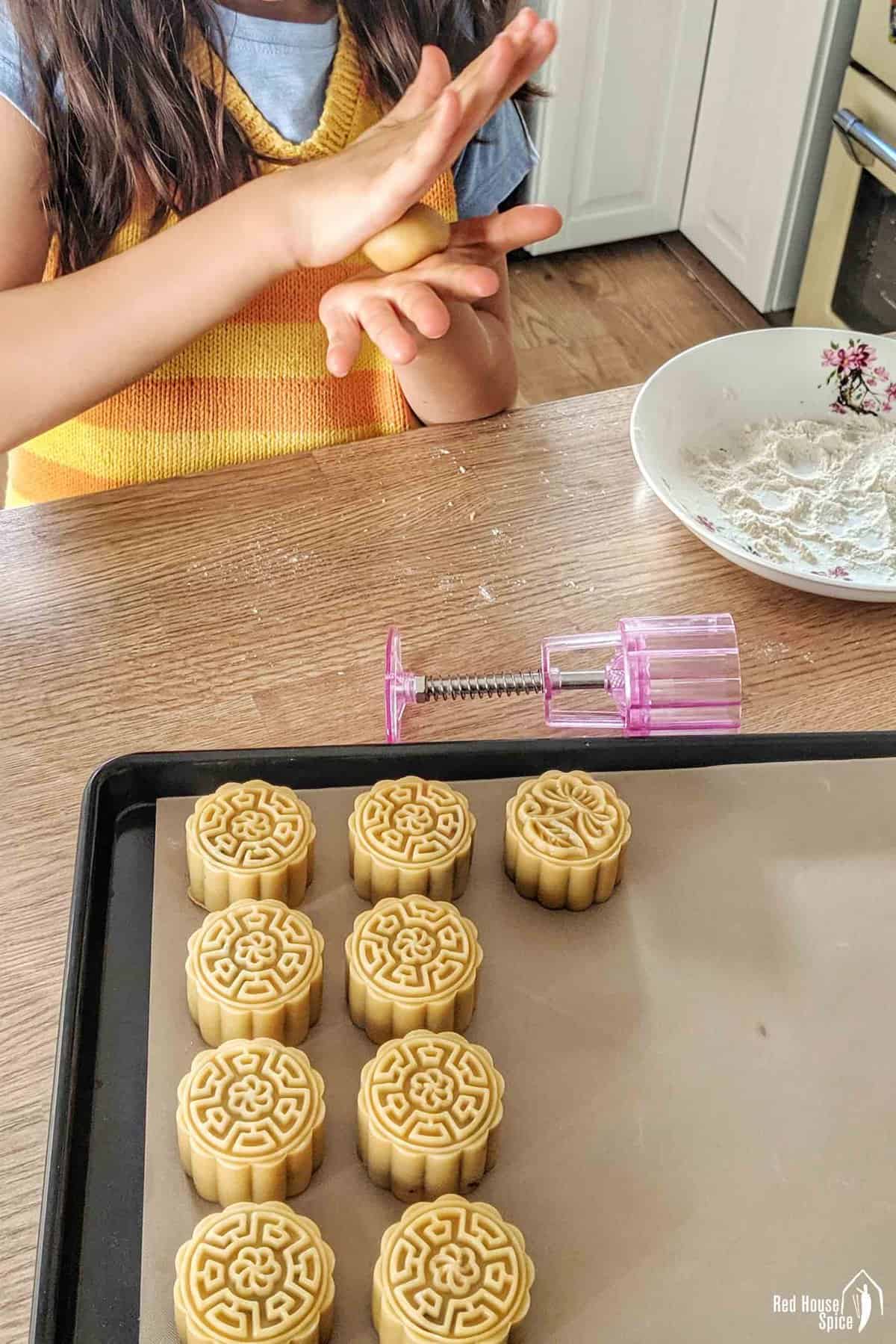
I hope this detailed post has inspired you to make some mooncakes for your loved ones on this special occasion. Wish you all a very happy “Mooncake Day”!
Update Notice: This is a revised version of my original post published in 2019. It includes new images and more tips.


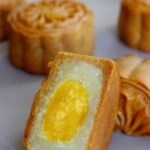
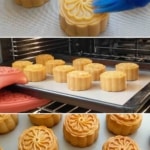
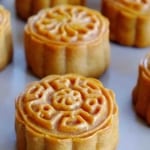
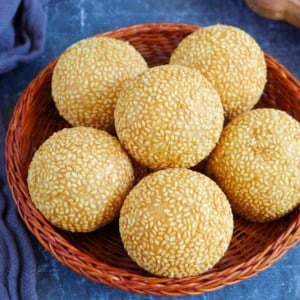
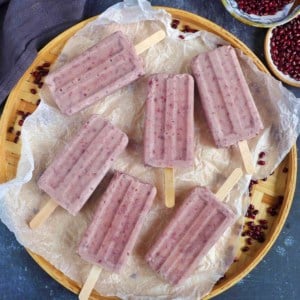
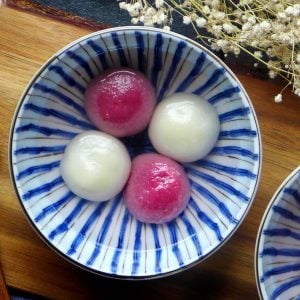
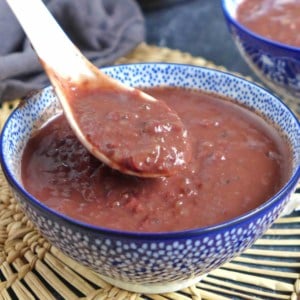
Can I use maltose syrup instead of golden syrup for the mooncake dough?
Maltose syrup has a very thick consistency. It’s not a good substitute for mooncake dough.